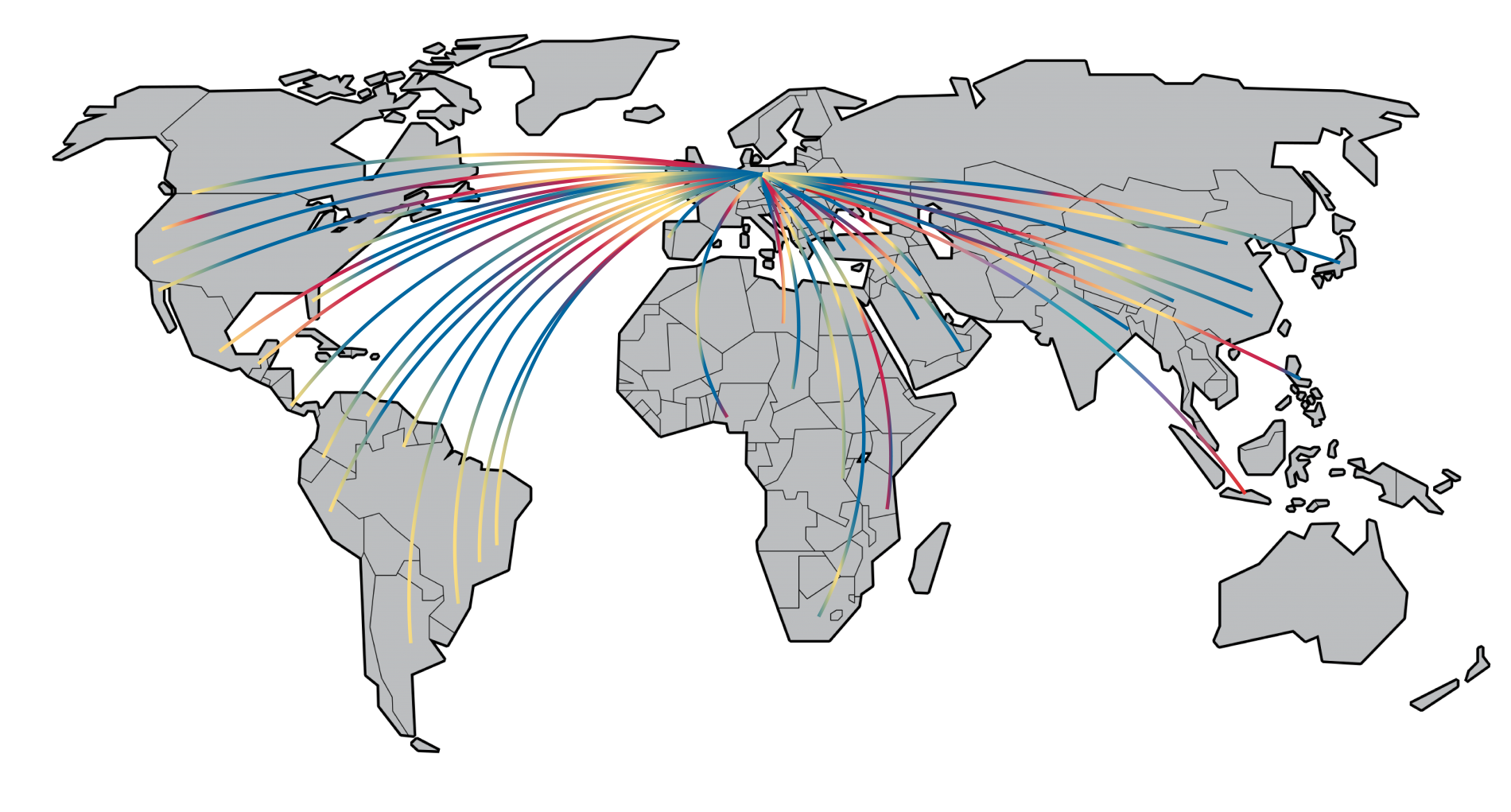Strategic airline network planning: considering climate impact
The work from Mahdi Noorafza (ATO) and Pratik R. (ANCE) was discussed in the recent blog from the European Research project ClimOP.
In their work, the two PhD candidates are investigating the potential of combining strategic network planning and optimised climate trajectories in mitigating aviation’s climate impact from both CO2 and non-CO2 effects. Strategic network planning is based on multiple decisions according to allocating fleet to routes that eventually form the entire operating network of an airline. The monetary aspect of allocating each fleet type to routes and its network implication in terms of connection passengers fed to other flights at hub by opening that route are considered when planning the airline network. On the other hand, considering the climate impacts of the flights while planning an airline’s network is a helpful step to mitigate the aviation climate footprint at the airline level.
Climate optimised trajectories intend to address aviation climate effects from non-CO2 emissions, e.g., NOx and H2O, and the contrail formation. These non-CO2 effects follow strong temporal and spatial patterns and depend on local weather situations. Therefore, the climate-optimised trajectories aim to avoid flying through those regions of the atmosphere, which are particularly sensitive to aviation emissions, hence mitigating aviation’s climate impact.
